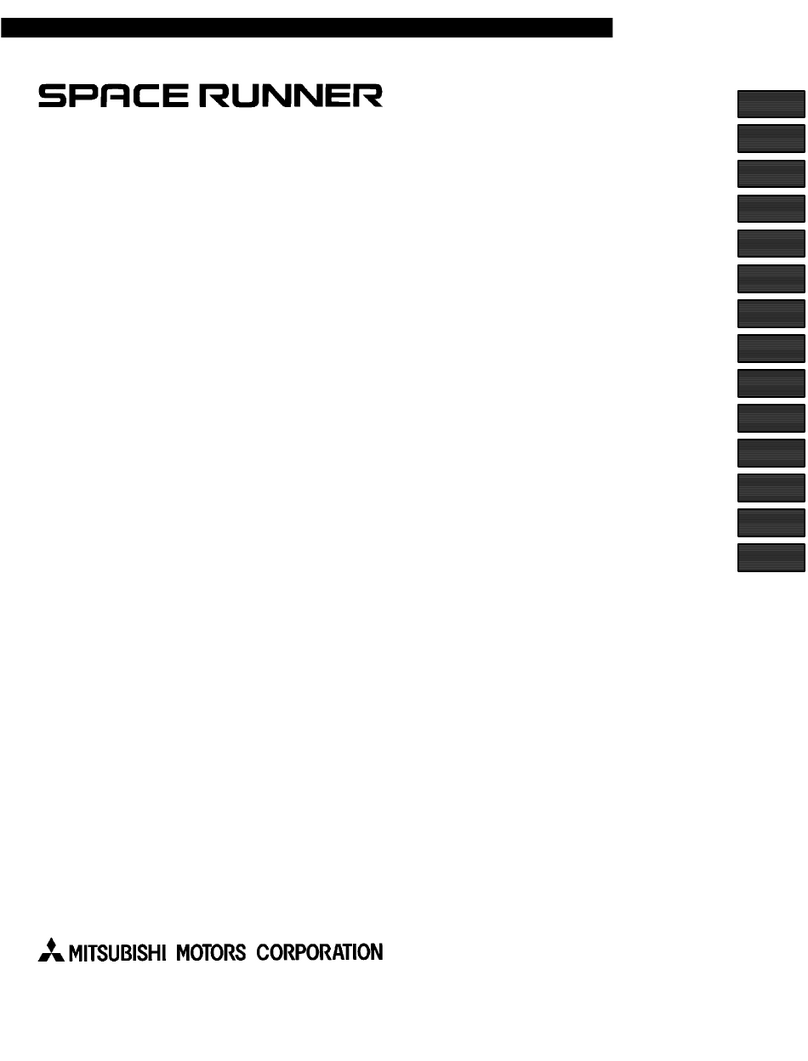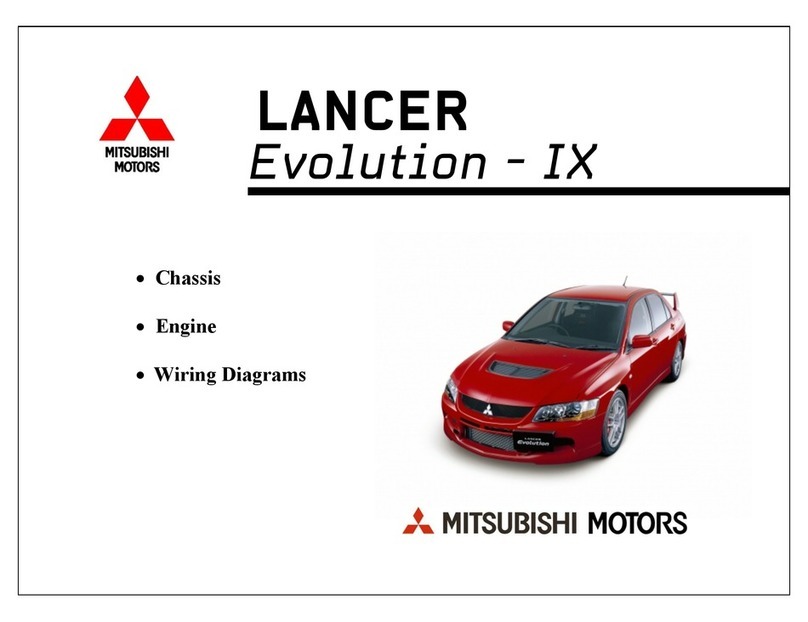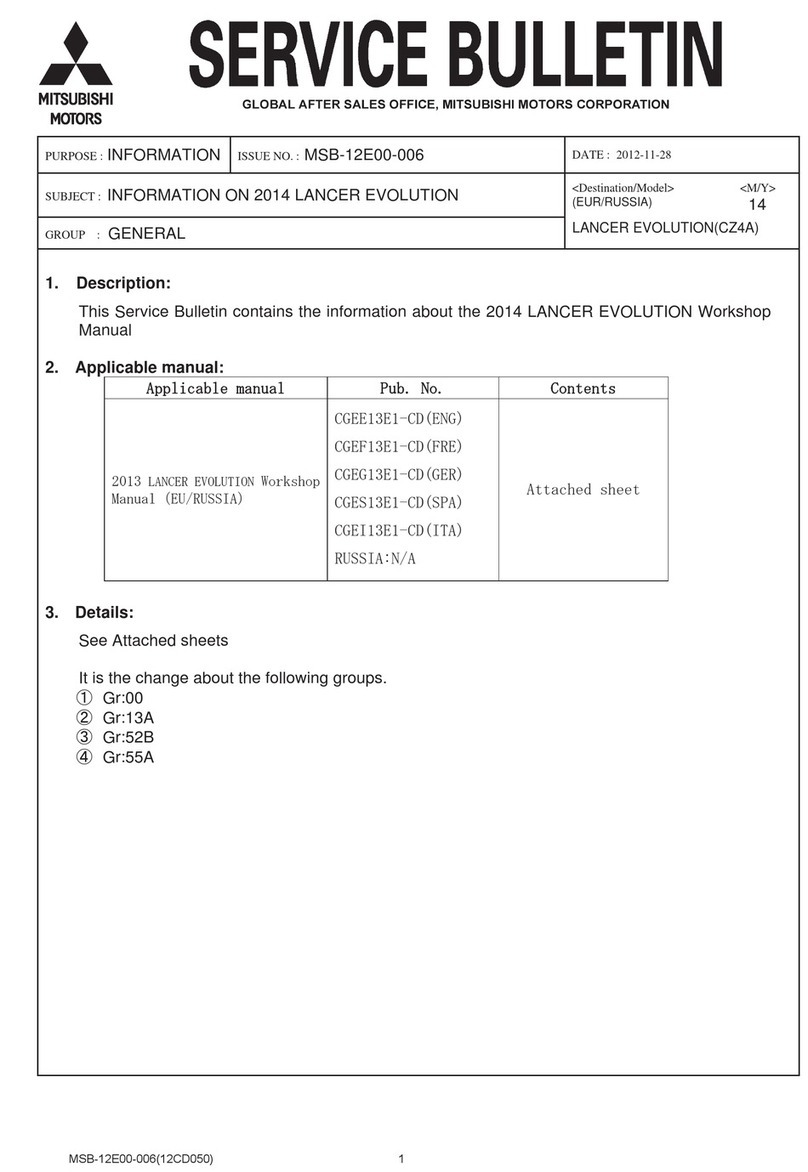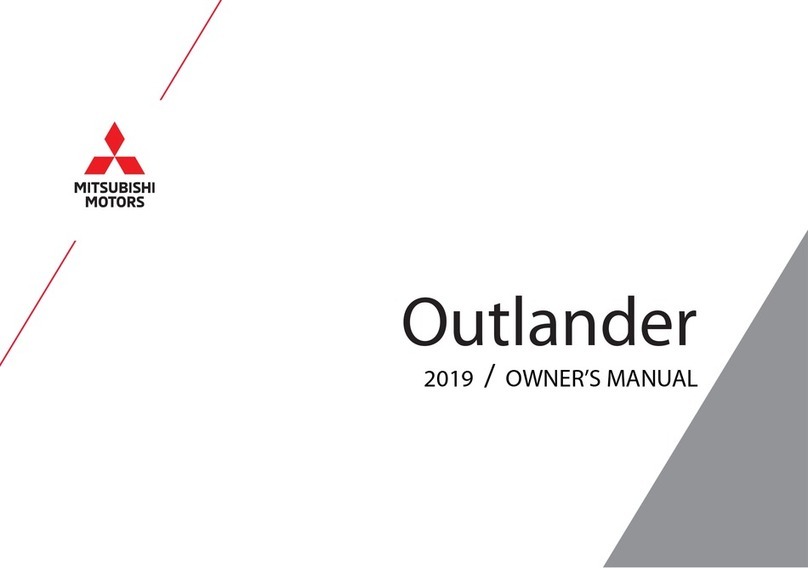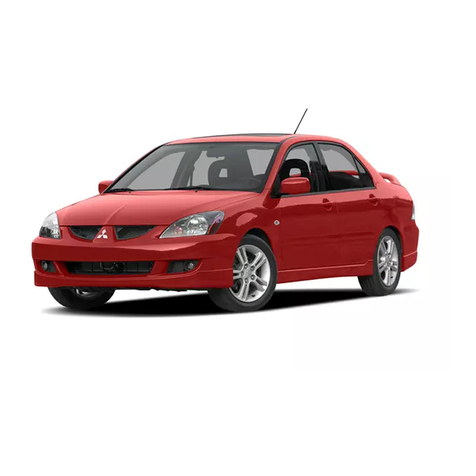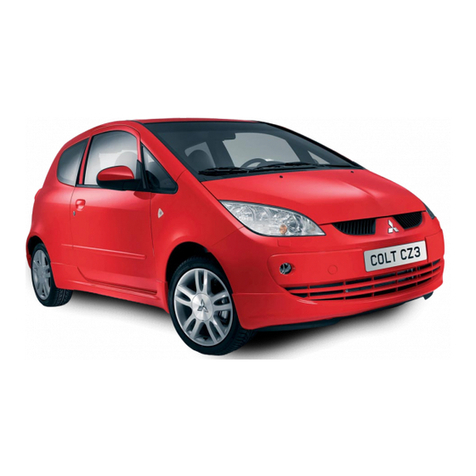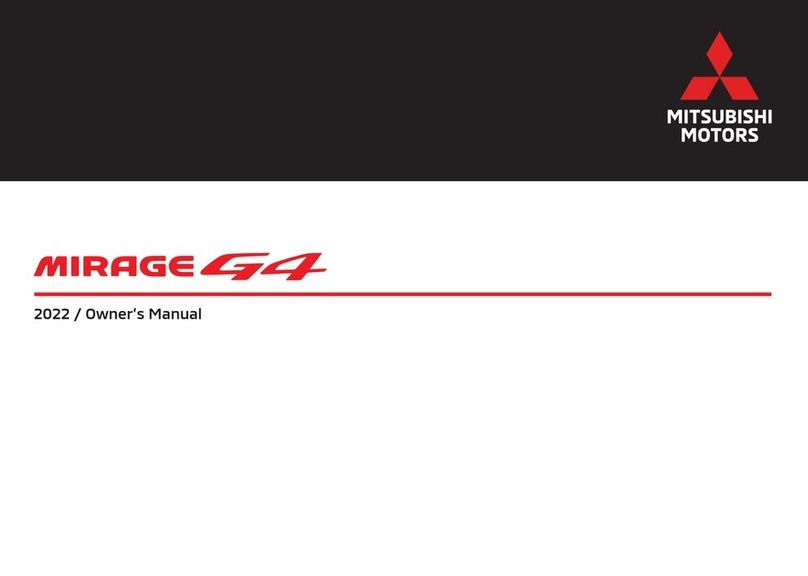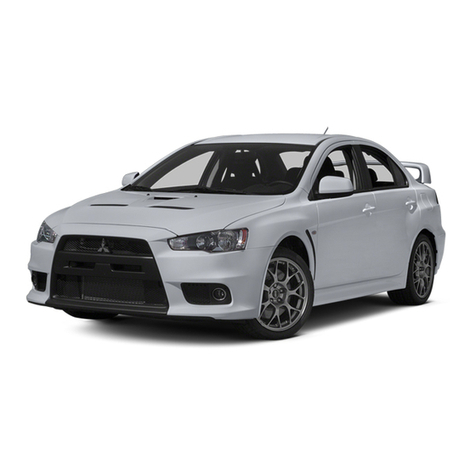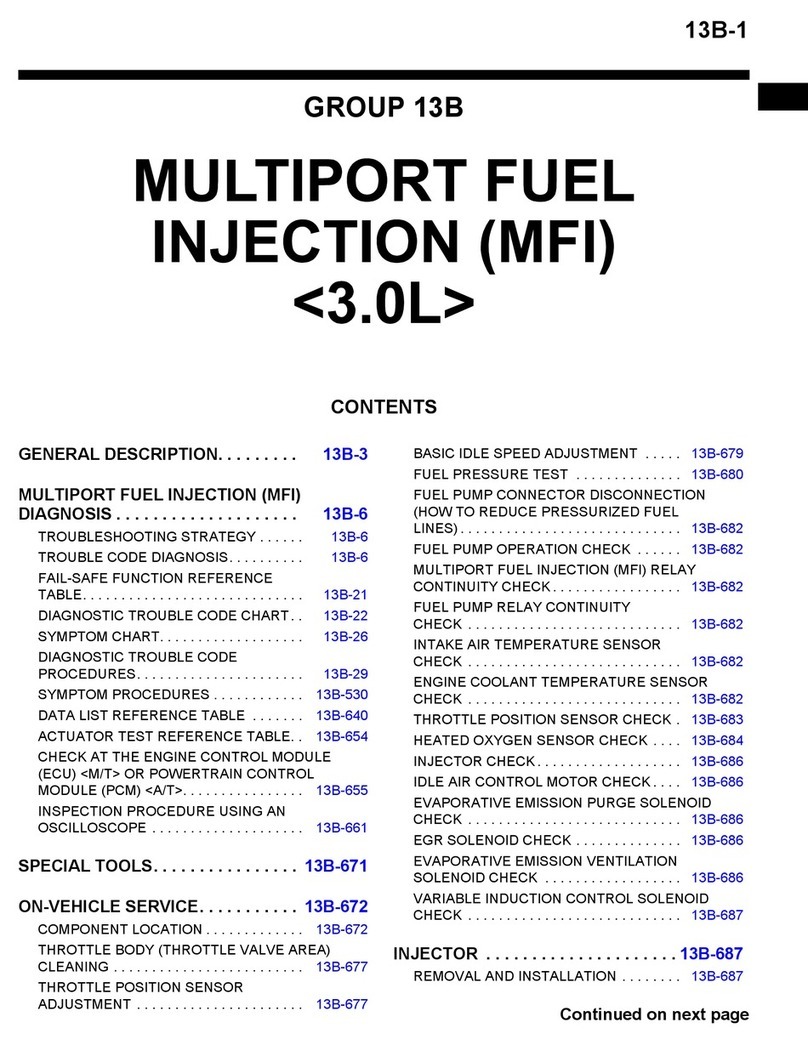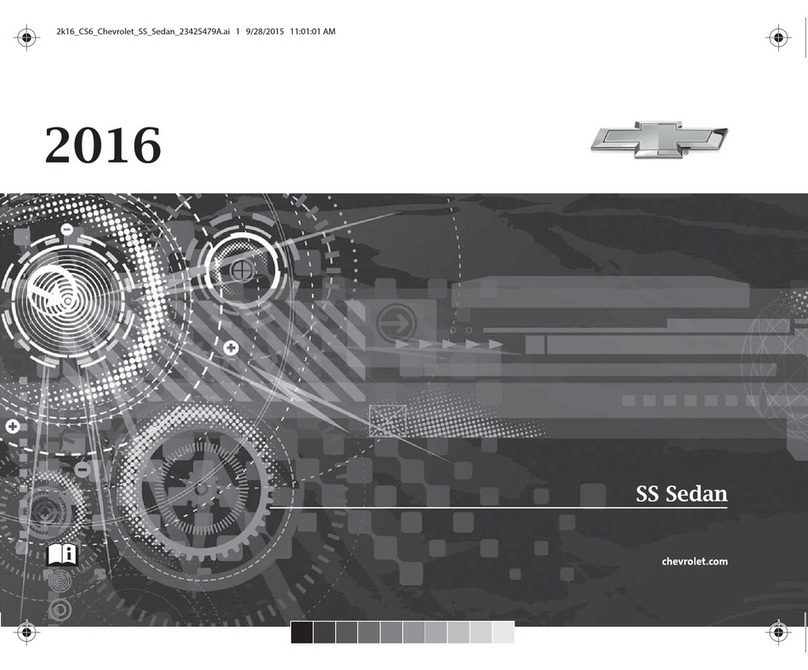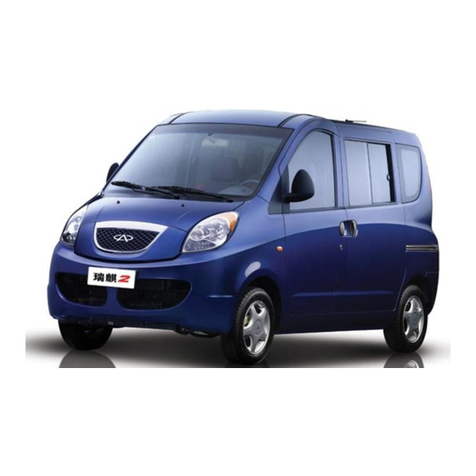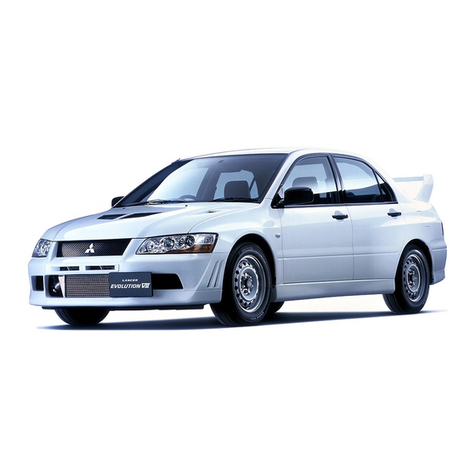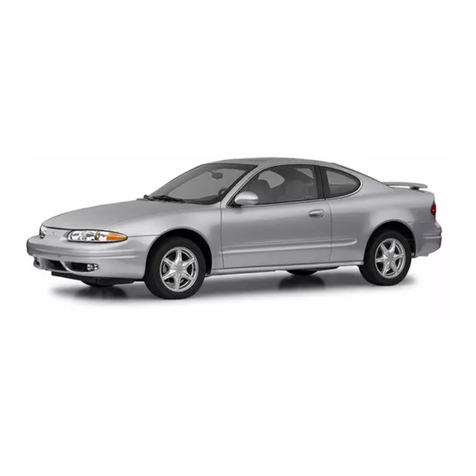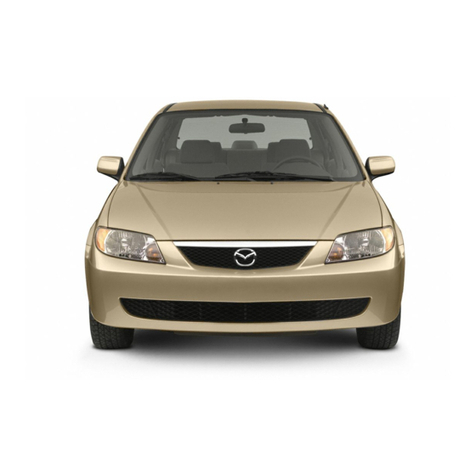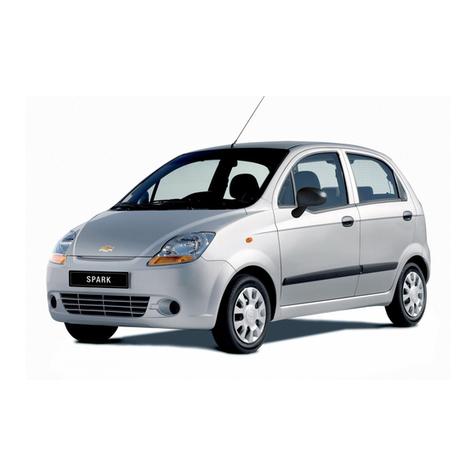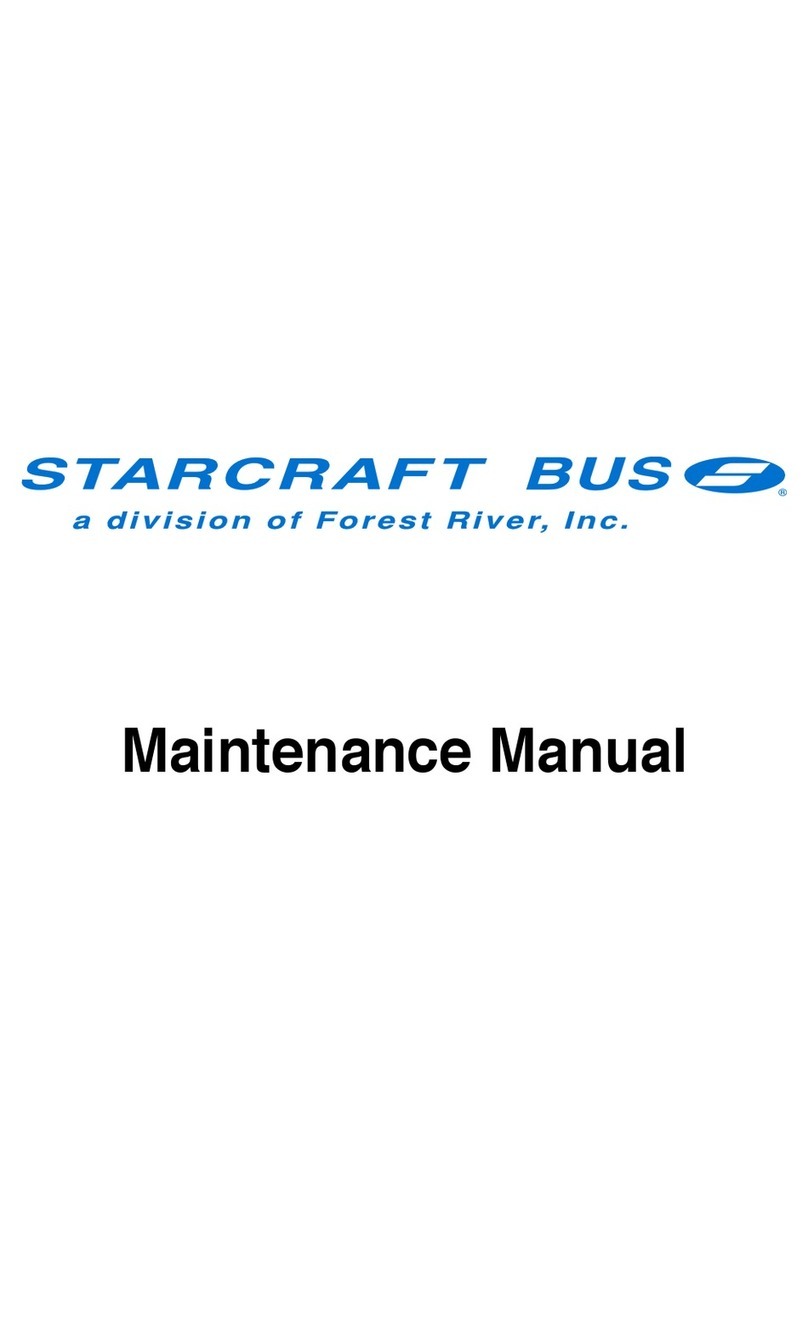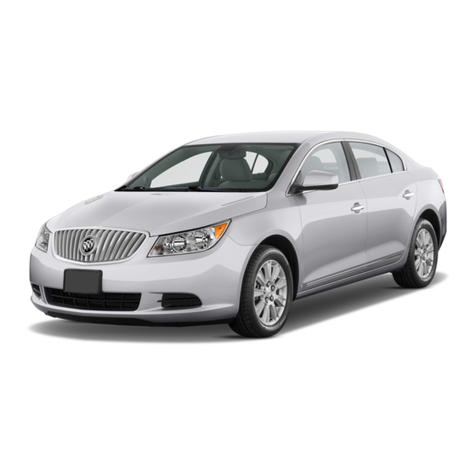
MPI <4G63> ïGeneral Information 13D-3
GENERAL INFORMATION
The Multipoint Fuel Injection System consists
of sensors which detect the engine conditions,
the engine-A/T-ECU which controls the system
based on signals from these sensors, and
actuators which operate under the control of
the engine-A/T-ECU. The engine-A/T-ECU
carries out activities such as fuel injection
control, idle speed control and ignition timing
control. In addition, the engine-A/T-ECU is
equipped with several diagnosis modes which
simplify troubleshooting when a problem
develops.
FUEL INJECTION CONTROL
The injector drive times and injection timing
are controlled so that the optimum air/fuel
mixture is supplied to the engine to correspond
to the continually-changing engine operation
conditions.
A single injector is mounted at the intake port
of each cylinder. Fuel is sent under pressure
from the fuel tank by the fuel pump, with the
pressure being regulated by the fuel pressure
regulator. The fuel thus regulated is distributed
to each of the injectors.
Fuel injection is normally carried out once for
each cylinder for every two rotations of the
crankshaft. The firing order is 1ï3ï4ï2. This
is called sequential fuel injection. The
engine-A/T-ECU provides a richer air/fuel
mixture by carrying out “open-loop” control
when the engine is cold or operating under
high load conditions in order to maintain engine
performance. In addition, when the engine is
warm or operating under normal conditions,
the engine-A/T-ECU controls the air/fuel mixture
by using the oxygen sensor signal to carry out
“closed-loop” control in order to obtain the
theoretical air/fuel mixture ratio that provides
the maximum cleaning performance from the
three way catalyst.
IDLE AIR CONTROL
The idle speed is kept at the optimum speed
by controlling the amount of air that bypasses
the throttle valve in accordance with changes
in idling conditions and engine load during
idling. The engine-A/T-ECU drives the idle
speed control motor to keep the engine running
at the pre-set idle target speed in accordance
with the engine coolant temperature and air
conditioner load. In addition, when the air
conditioner switch is turned off and on while
the engine is idling, the idle speed control motor
operates to adjust the throttle valve bypass
air amount in accordance with the engine load
conditions in order to avoid fluctuations in the
engine speed.
IGNITION TIMING CONTROL
The power transistor located in the ignition
primary circuit turns ON and OFF to control
the primary current flow to the ignition coil. This
controls the ignition timing in order to provide
the optimum ignition timing with respect to the
engine operating conditions. The ignition timing
is determined by the engine-A/T-ECU from the
engine speed, intake air volume, engine coolant
temperature and atmospheric pressure.
SELF-DIAGNOSIS FUNCTION
DWhen an abnormality is detected in one
of the sensors or actuators related to
emission control, the engine warning lamp
(check engine lamp) illuminates as a
warning to the driver.
DWhen an abnormality is detected in one
of the sensors or actuators, a diagnosis
code corresponding to the abnormality is
output.
DThe RAM data inside the engine-A/T-ECU
that is related to the sensors and actuators
can be read by means of the M.U.T.-II/III.
In addition, the actuators can be
force-driven under certain circumstances.




















